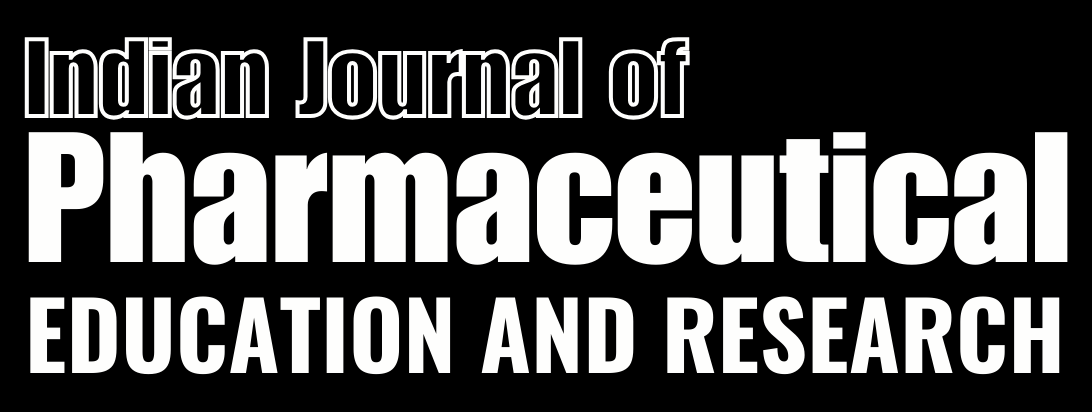ABSTRACT
Background:
The aging process of RPE (Retinal Pigment Epithelium cells) and the effects of blue light are caused by a high level of oxidative stress, which makes these cells susceptible to malfunctioning, cellular senescence and cell death. The accumulation of toxic byproducts of the visual pigment cycle, Bis-retinoid N-retinyl-N-retinylidene Ethanolamine (A2E), in the RPE is a major cause of visual impairment in the blue light effect. Degeneration of the retinal pigment epithelium and related photoreceptors follow photo-oxidation of A2E.
Objectives:
The objective of this study was to evaluate the protective effects of Lutein and Zeaxanthin complex 5:1 against photooxidation in A2E accumulated ARPE cells.
Materials and Methods:
ARPE -19 Cells were procured from ATCC, USA. The cell lines were subjected to Cytotoxicity evaluation against A2E and the test samples individually. A LC-MS/MS method of analysis was involved in assessing A2E levels in cells. A blue light of 480 nm was used to mediate A2E induced cytotoxicity in ARPE cells. Post treatment with Lutein and zeaxanthin and exposure to blue light, the cell viability was measured to evaluate the protective effect. Results: The LC-MS/MS method was refined to quantify A2E in cell lysate at 1-100 ng/mL. R2 of >0.99 and accuracy of 93.01-109.81 across the tested concentrations indicated that the LC-MS/MS method was linear. There was no A2E carryover, and the method was unique to A2E with the detection of blank cell lysate.
Conclusion:
This study connotes that Lutein and Zeaxanthin may help in improvement of RPE cell viability against the ill effect of blue light induced A2E accumulation. This finding also supports the literature evidence that Lutein and Zeaxanthin helps protect eyes from the bad effects of blue light.


